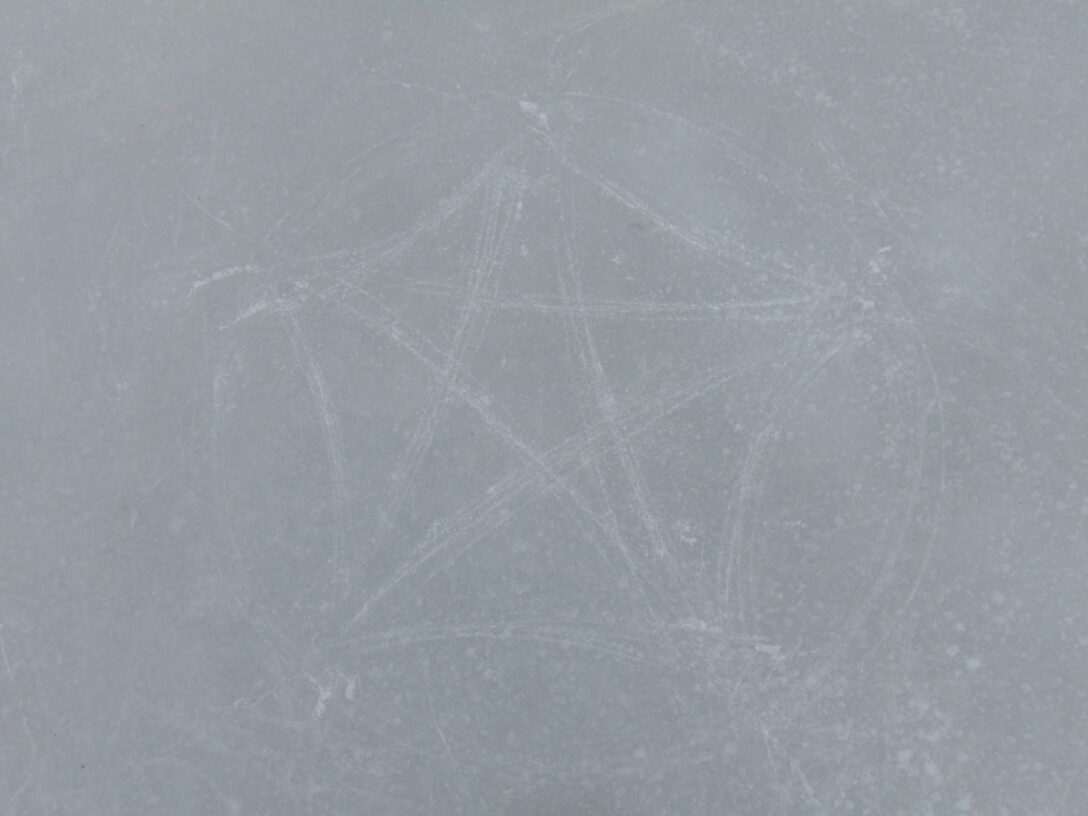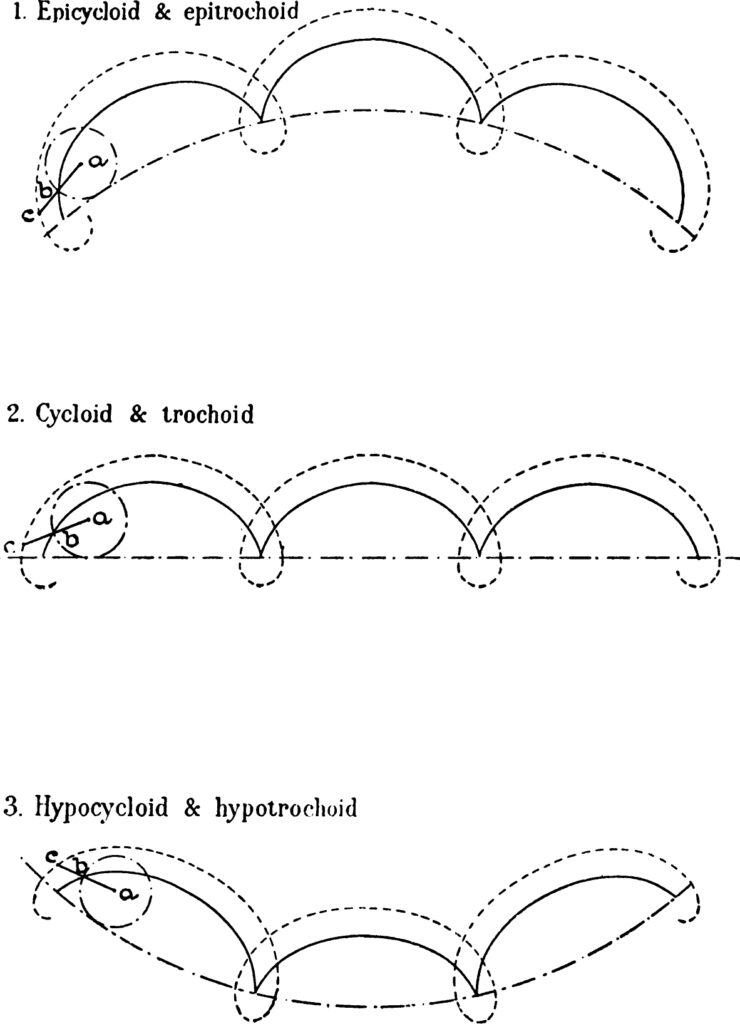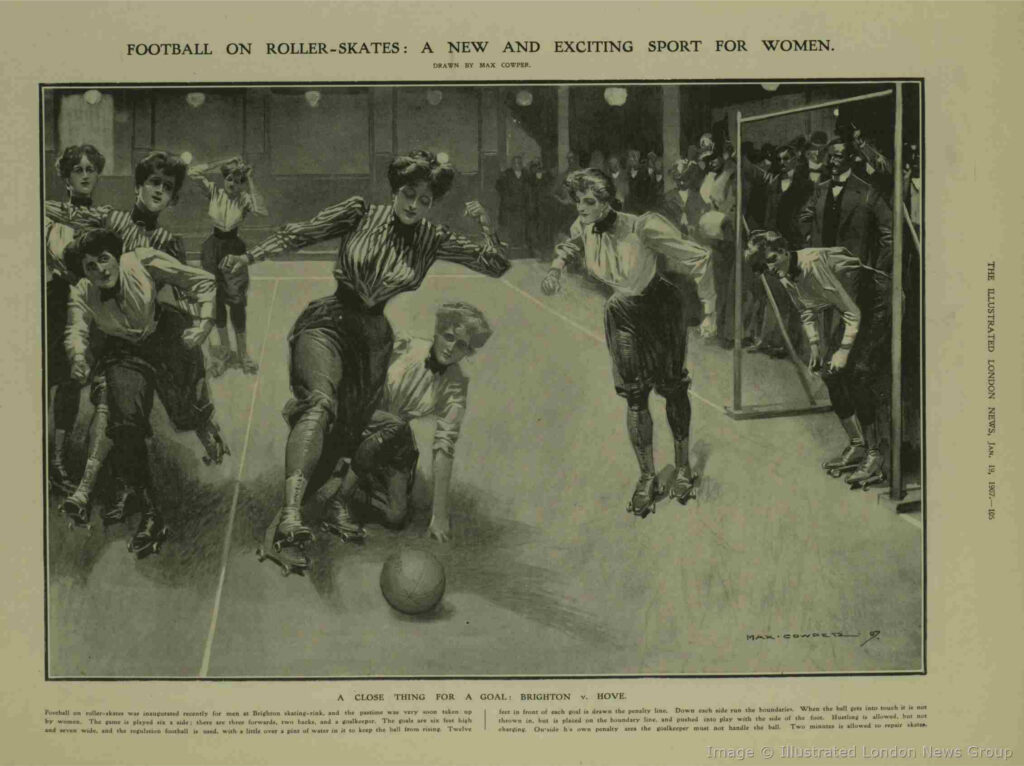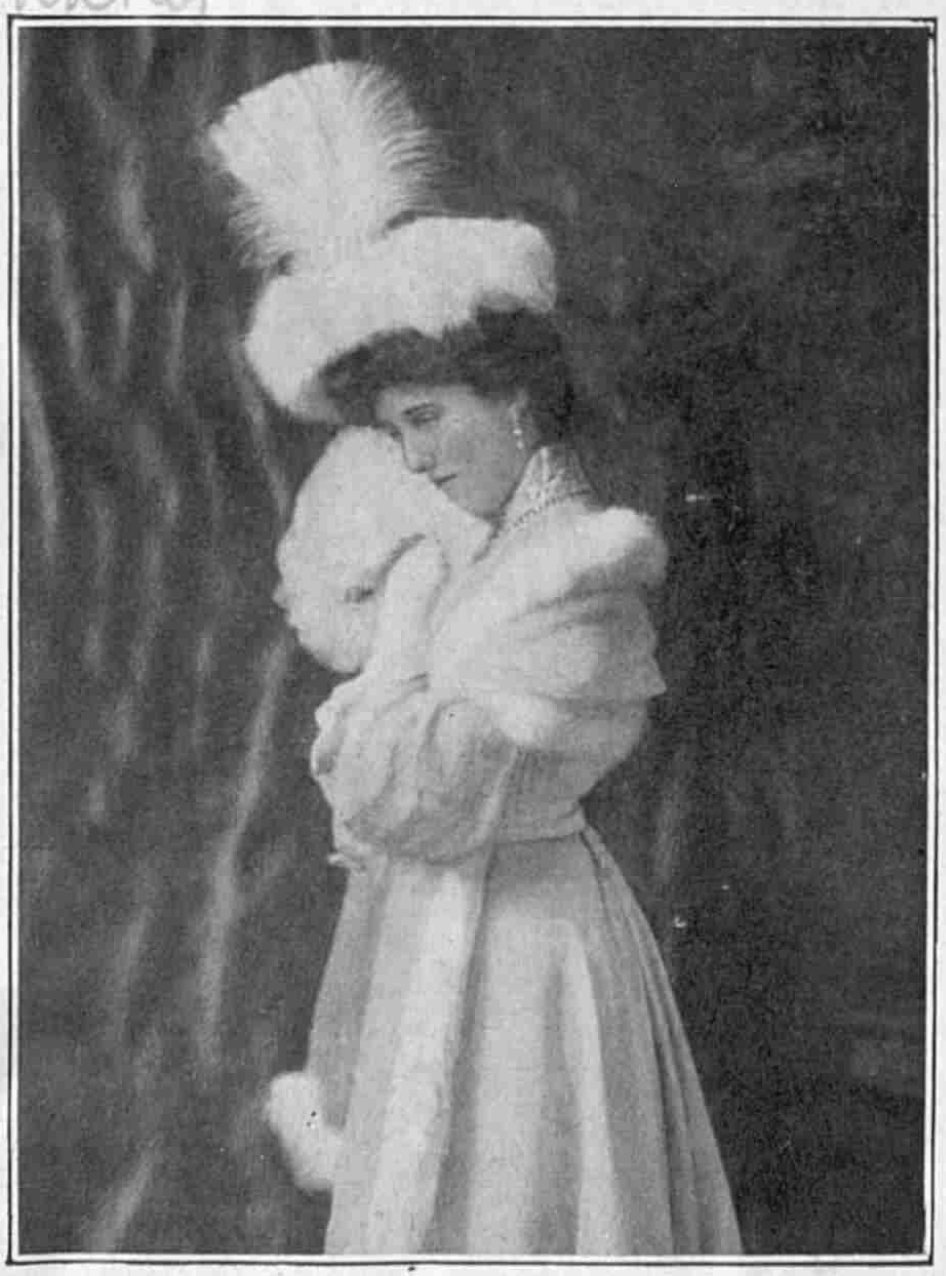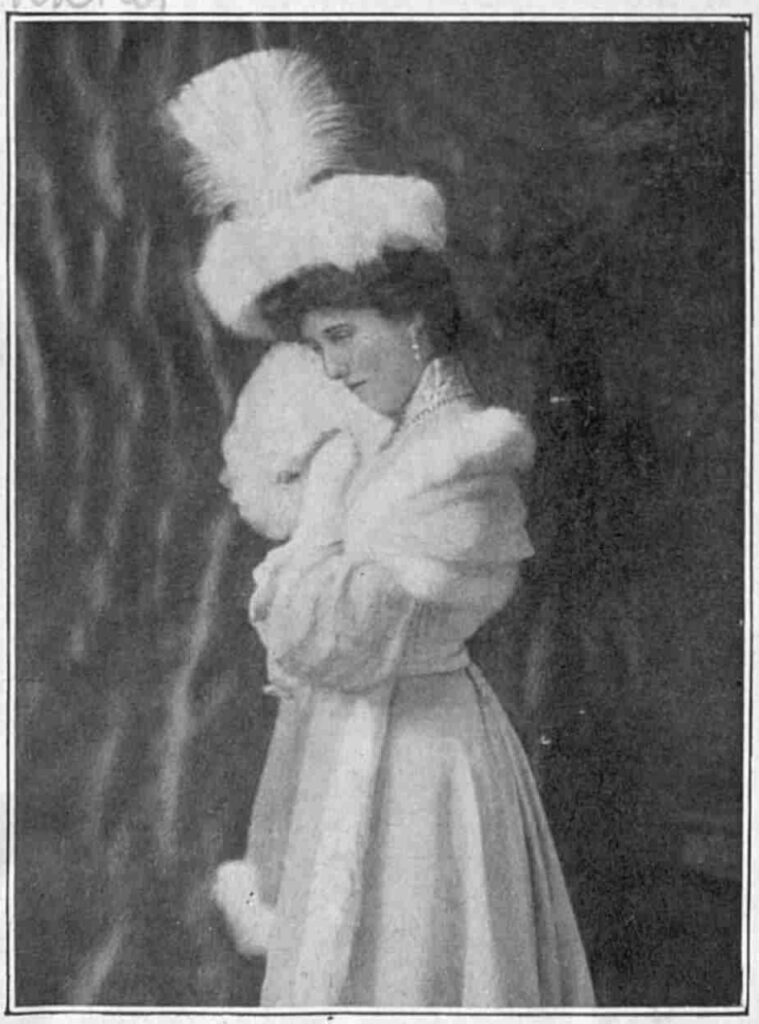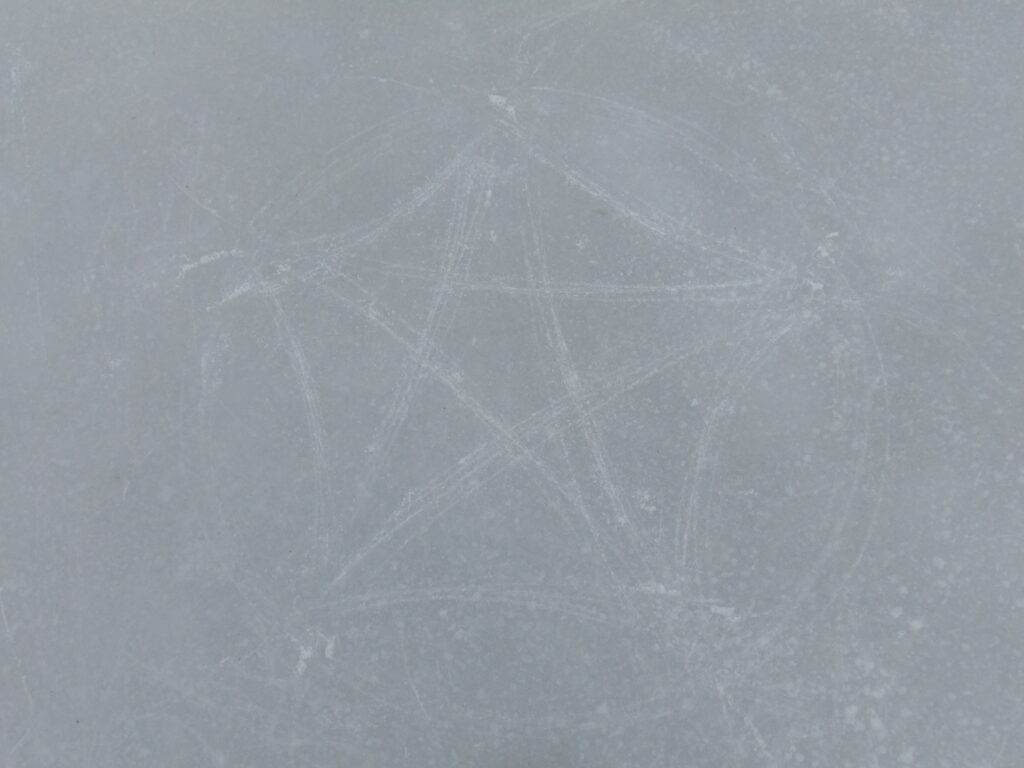
The Curtis star was a specialty of Callie Curtis, American champion from 1969 to 1874. Instructions for skating it are given in The Skaters Text-Book (with a diagram that seems backwards to me). In the third edition of A System of Figure Skating, Vandervell and Witham quote the description with this note:
It is performed by using one foot as a pivot and the other as a scraper to cut the necessary lines… The standing on one foot and scraping lines with the other can hardly be called skating…
Vandervell and Witham 1880, 291
Here’s how I skated it.
Skaters History on Ice and Roller Skating records the following anecdote about Frank Swift (author of The Skaters Text-Book) and Callie Curtis:
These two great skaters met in competition in Rochester, N. Y., March 15, 1869.
Frank Swift was then Champion of America, having won the Diamond Medal the previous year at Allegheny City, Pa,, Feb. 6, 1868. Twice he had successfully defended his title, but the Chicago boy was too much for him and he had to bow to his superior. When Mr. Curtis was declared the winner by a score of 47 points to 41, Mr. Swift took his defeat manfully and skated up to Mr. Curtis and pinned the Diamond Medal on his breast. The picture [below] was taken at that time.
Mr. Curtis successfully defended the medal for five years against all comers, and took it with him when he went to Europe in 1874. He never returned to America.
Fitzgerald 1916, 46

References
Julian T. Fitzgerald. 1916. Skaters History on Ice and Roller Skating. Chicago: Julian T. Fitzgerald. Reprinted in 2011 by the National Museum of Roller Skating, Lincoln, NE.
Frank Swift and Marvin R. Clark. 1868. The Skaters Text-Book. New York: John A. Gray & Green.

